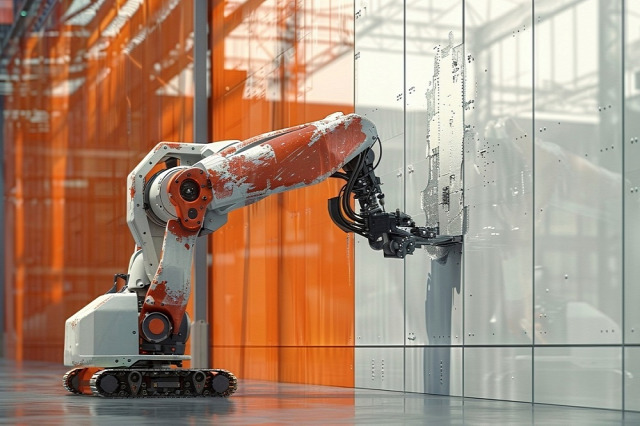
The surgical/sharp debridement market is experiencing significant growth, driven by an increasing prevalence of chronic wounds, advancements in surgical techniques, and a growing aging population. Surgical or sharp debridement is a medical procedure used to remove dead, damaged, or infected tissue to promote wound healing. According to BISResearch, the global surgical/sharp debridement market was valued at $209.7 million in 2023 and is anticipated to reach $295.9 million by 2030, witnessing a CAGR of 5.05% during the forecast period 2023-2030.
Surgical/sharp debridement is crucial for eliminating necrotic (dead) tissue from wounds, which is essential for promoting healing, preventing infection, and enabling the regeneration of healthy tissue. This procedure is particularly important for managing chronic wounds, diabetic foot ulcers, and burns, where necrotic tissue can hinder the healing process. Additionally, sharp debridement can be effectively integrated with other wound care treatments, including wound dressings, negative pressure wound therapy, and topical medications, to further enhance wound healing outcomes.
Key Drivers in Surgical/Sharp Debridement Market
-
Rising Prevalence of Chronic Wounds: The increasing incidence of chronic conditions such as diabetes, obesity, and vascular diseases has led to a higher prevalence of chronic wounds. According to the International Diabetes Federation, approximately 537 million adults were living with diabetes in 2021, a figure expected to rise to 643 million by 2030. This growing patient population drives the demand for effective wound care solutions like surgical debridement.
-
Aging Population: The global aging population is another significant driver of the surgical/sharp debridement market. Older adults are more prone to chronic wounds and require frequent medical interventions. The World Health Organization (WHO) estimates that by 2050, the global population aged 60 years and older will reach 2.1 billion, creating a substantial market for wound care products and procedures.
-
Technological Advancements: Innovations in surgical tools and techniques have made debridement procedures more efficient and less painful. Advanced instruments, such as precision scalpels and ultrasonic devices, allow for more effective removal of necrotic tissue, reducing the risk of complications and improving patient outcomes.
-
Increasing Healthcare Expenditure: Higher healthcare spending, especially in developing regions, is boosting the adoption of advanced wound care solutions. Governments and healthcare organizations are investing more in wound care management, further propelling the market growth.
Request A Free Detailed Sample on Surgical/Sharp Debridement Market!
Surgical/Sharp Debridement Market by Region
North America holds the largest market share and is projected to grow steadily with a CAGR of 3.99%, due to its advanced healthcare infrastructure and increased awareness of wound management. Growth in this region is driven by the rising prevalence of sports injuries, road accidents, and the presence of key market players. Europe is growing at a CAGR of 4.18%. The Asia-Pacific region is anticipated to see robust growth at a 6.76% CAGR, driven by rapid healthcare advancements and an aging population. The Rest-of-the-World region is expected to exhibit the highest growth rate of 6.38%, fueled by improvements in healthcare systems and greater access to advanced medical treatments. These trends highlight the global demand for effective wound care solutions and the opportunities for market players across various healthcare sectors.
Some prominent names established in this market are:
- Smith & Nephew plc.
- MediWound Ltd.
Future Growth Prospects
The surgical/sharp debridement market is poised for robust growth in the coming years. Key factors contributing to this growth include:
-
Technological Innovations: Ongoing research and development efforts aimed at improving debridement tools and techniques will continue to drive market growth.
-
Rising Awareness and Training: Increasing awareness about the benefits of surgical/sharp debridement among healthcare professionals and patients will boost the adoption of these procedures. Enhanced training programs for healthcare providers will also contribute to market expansion.
-
Expansion in Emerging Markets: Efforts to enhance access to advanced wound care solutions in developing regions will create new opportunities for market growth.
Conclusion
The surgical/sharp debridement market is on a growth trajectory, driven by the rising prevalence of chronic wounds, an aging population, and technological advancements. As the market continues to evolve, stakeholders can expect significant opportunities for growth and innovation in this dynamic field. With the global demand for effective wound care solutions on the rise, the future of the surgical/sharp debridement market looks promising.





